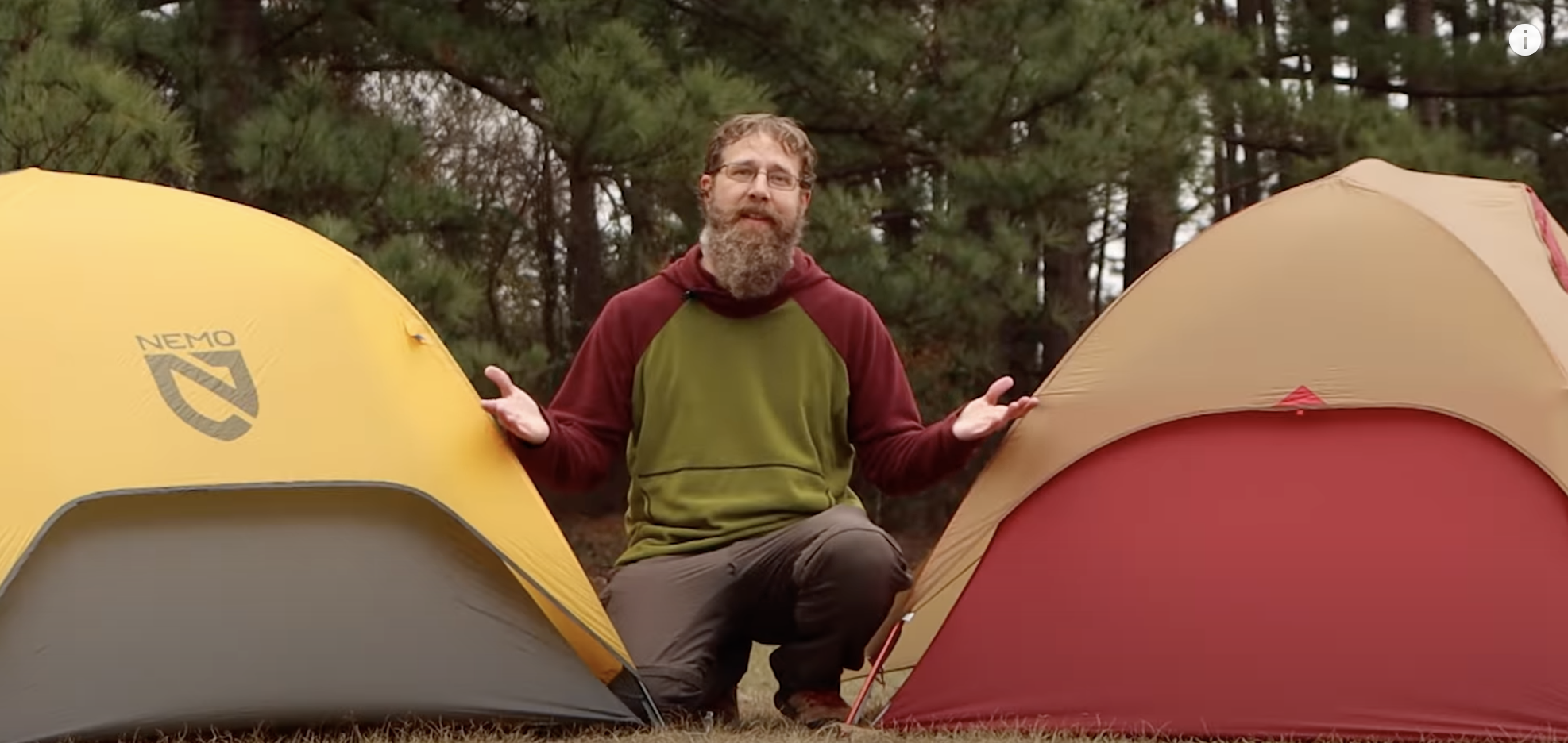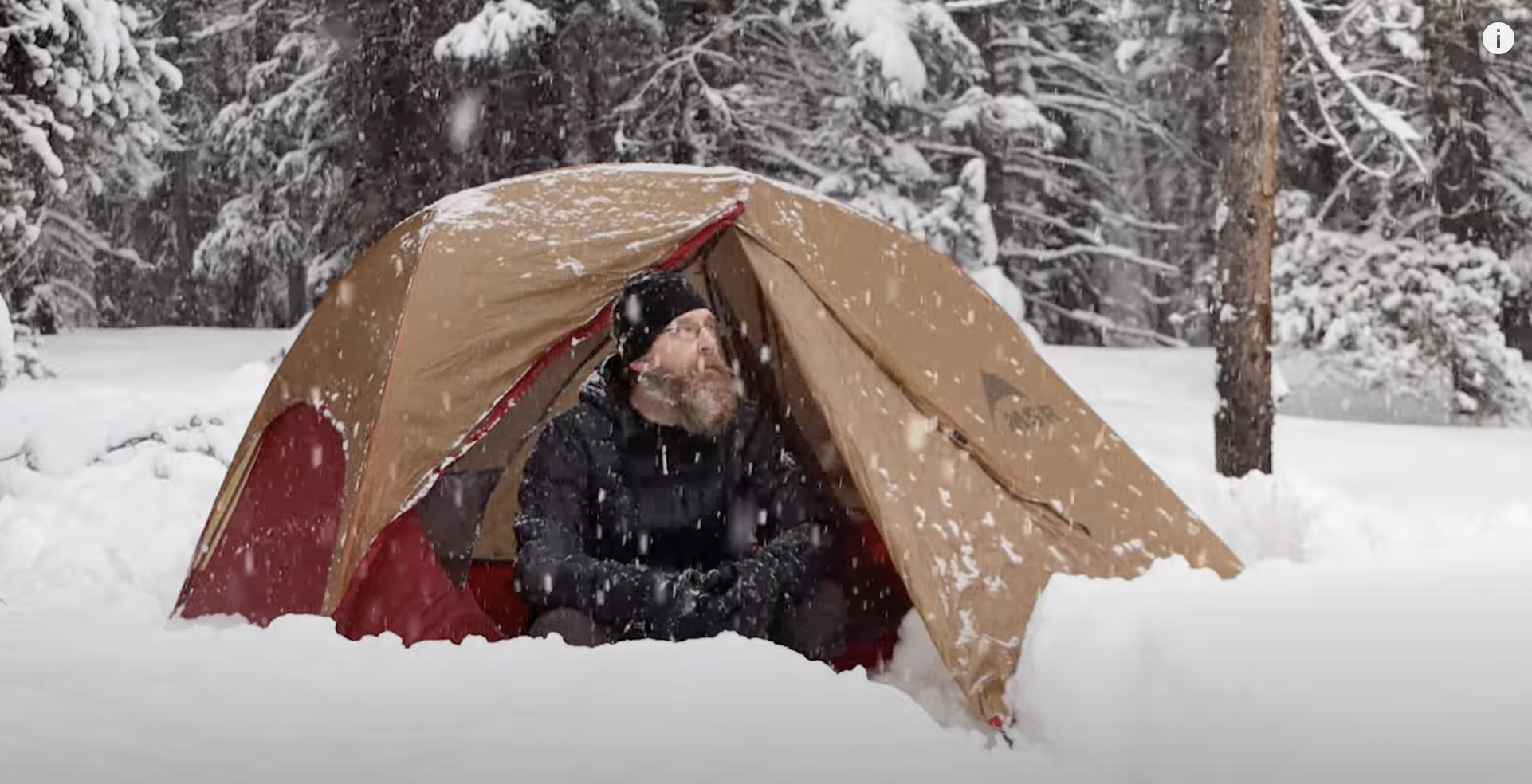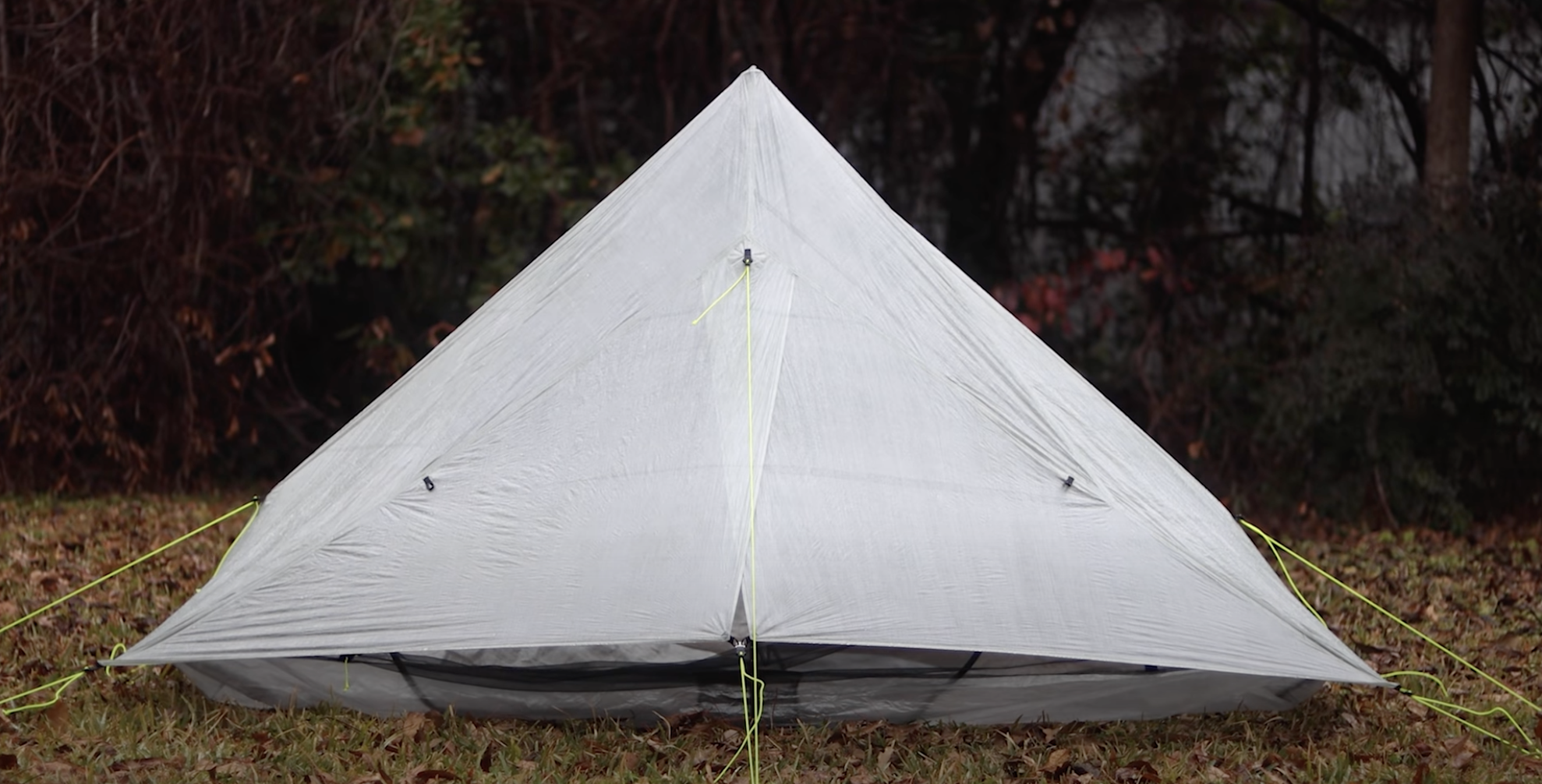
The Lightest Tent in the World – The New Zpacks Plex Solo
The lightest, fully enclosed backpacking tent in existence.
13.7 ounces of pure ultralight bliss.
But is it too good to be true? Let’s take a look at the brand new for 2022 Zpacks Plex Solo.
Brand Spanking New
This tent very well may be the lightest, fully enclosed tent on the market.
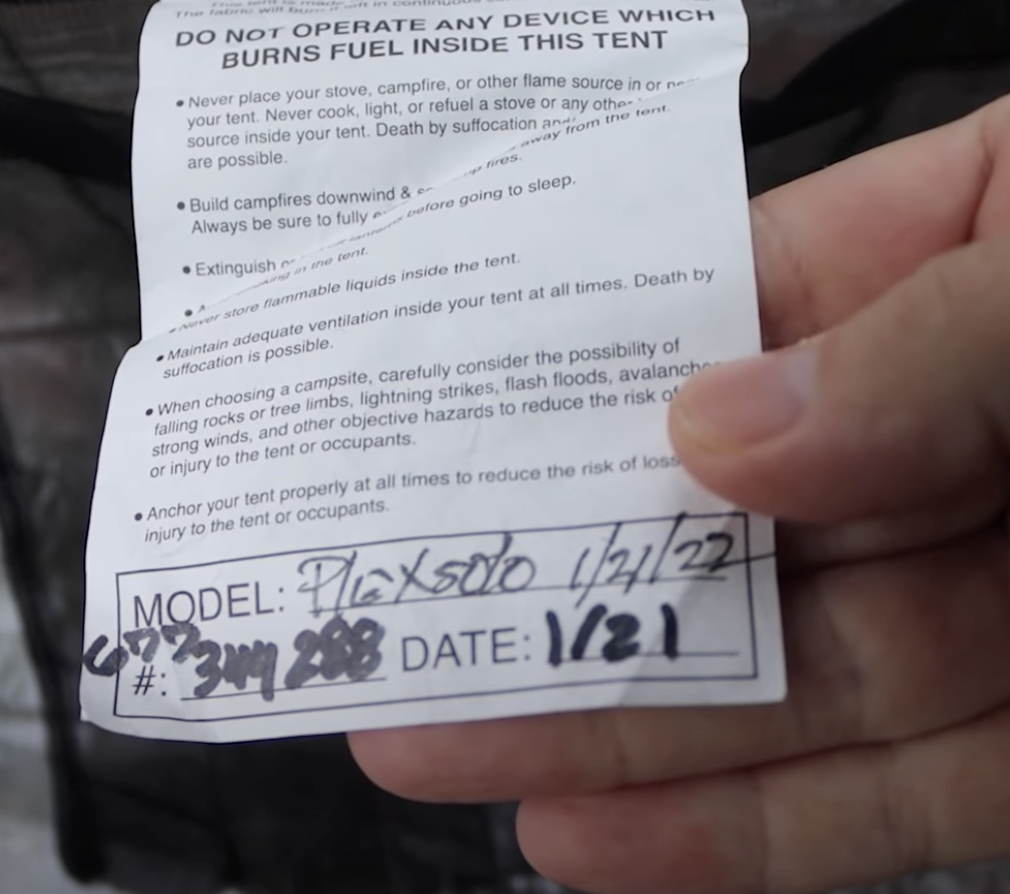
This thing is so new. It was released only three ago. For instance look at this picture:
This is the build date for this tent. Today is February 10, 2022, and this tent was made on January 21, 2022!
Needless to say, I have not had very much time with this tent. In fact, right now I’m with it in my backyard. Because I’m so excited about this, I wanted to give you a good first look and talk about some of the things I like and things I don’t like about this tent.
Here we go. The Plex Solo.
Weight
This thing is soooo light. Zpacks is advertising it as less than 14 ounces. I put it on my home scale and got 13.7 ounces, which for a tent, is amazing.
Now, that is without stakes and without the pole. Because this is a trekking pole tent and most people are carrying those anyway, it’s generally not counted toward the weight of the tent. I don’t carry trekking poles, so I actually picked up the optional three-ounce carbon fiber pole, which you might have to as well, because this thing requires a 52-inch trekking pole; 54-inch, if your pole will sink into the ground at all. And some trekking poles won’t extend that long. And if that’s yours, you are going to need the carbon fiber pole, too.
So, with the optional pole and minimum of six stakes, the weight comes up to a still-pretty-impressive 19.5 ounces, or 1 pound, 3.5 ounces.
Without the carbon fiber pole, it’s right at one pound. And if you opt for titanium stakes, you could get as light as 15 ounces.
But does that make this the lightest tent in the world? It’s certainly a strong contender. There might be one or two other tents that come close to (if not beating) this on weight, but only by an ounce or two.
All in all, pretty impressive for how much tent you actually get.
Space
This thing is actually pretty spacious. If you sit close to the netting, there is plenty of headroom on either side. You don’t even have to sit close to the middle; you can move pretty far back before your head starts to hit the side of the tent. There is plenty of room at the head or feet for gear, and even more room to the side for gear or a dog.
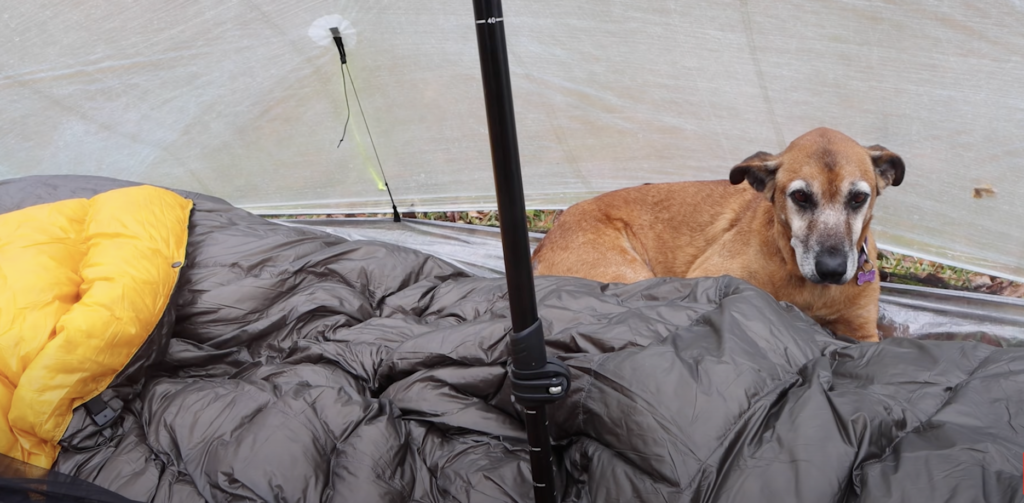
One of the nice features of this tent is the generous bathtub floor, which is supposed to be eight inches deep. But in my limited experience, I can only get it to be about four inches deep. I’ll admit I’m not the best at pitching trekking pole tents, so you might be able to get it deeper.
There are nice elastic cords that hold up the floor, and they are adjustable. But every time I tried to adjust them, they just seemed to stretch rather than pull up the sides of the floor.
There is netting all the way around at a downward-sloping angle that should allow condensation to flow down and out of the tent.
There is a small net pocket below the door and a large rainbow zipper that is a little finicky to open and close. The netting just sort of hangs loosely, which is common in tents like, this requiring two hands to open the zipper.
The door also folds down on to the ground when fully open, which isn’t my favorite design. I think I would have preferred two zippers and a door that hangs, rather than falls into the tent.
Simple Design
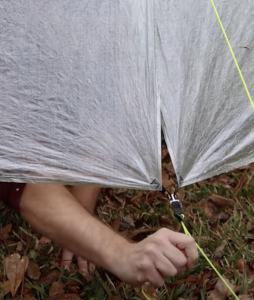
The vestibule has a really simple, but effective, design with two overlapping flaps that eliminate the need for a zipper. You just clip one or two flaps to a little hook and draw the cord tight, which is a little difficult to do from inside the tent, as you have to pull the cord away from you, reaching out and below the flaps.
The top of the vestibule overhangs the door by about six to eight inches, which will allow you to keep the door open in all but heavy rain. This will really help with condensation.
I should also mention that this is a dyneema-composite tent made from .55 ounce-per-square-yard dyneema fabric. Dyneema is incredibly lightweight, stiff and waterproof with no added silicon. And this tent is factory-taped, so no need for seam sealing.
I will say that I am concerned about some of the factory seam-sealing. All of the seams seem to be sealed on the outside of the tent, and as I was going around, setting the tent up a few different times, I noticed that there were a lot of areas where the taping already seems to be coming loose.
Pitching the Tent
Real quickly, I want to show how to pitch this tent before I get on to two biggest cons. Check out this part of my video:
If you’re not in a spot where you can watch the video right now, here are the instructions written out:
Lay the tent out flat, loosen the guylines and stake them out at roughly 45-degree angles from the corners. Then insert your 52-inch pole into the upper pocket and stand it upright. I’m using a cheap trekking pole from Academy Sports, and I find it easiest to shorthorn the pole a little, push it up and then extend the pole to the ground or until it sinks into the ground, if you’re on soft ground.
Then stake out the front and back and any remaining guylines you wish to use. I will note this tent uses a minimum of six stakes, and can use up to ten if you stake out all the guy lines.
Cons
Ok, the biggest con on this list is the price.
This tent is going to set you back $600 US. That is pretty expensive, even for an ultralight tent. Although, some people would argue that for a cottage-industry tent like this, it’s actually a competitive price. You’ll have to decide whether the weight savings are worth the extra money.
The other con is this is a single-wall tent, which is to be expected on a tent like this, but with any single-wall tent, condensation is more of a concern, because you are more likely to brush up against the walls, getting you or your gear wet.
Wrap-Up
So those are only my initial impressions on this tent, as I have not yet had the chance to get it into the backcountry. But I wanted to go ahead and put this blog post out so you can hopefully get a better idea of whether or not this will be a good fit for you.
If you found this helpful please let me know by leaving a comment. If you purchase the tent and take it out into the backcountry before I get a chance, let me know how it goes!
Remember to follow me on Instagram and subscribe to my YouTube channel.
As always, thanks for stopping by.



